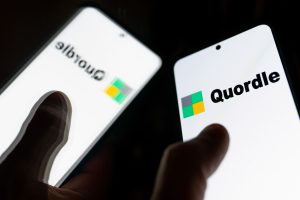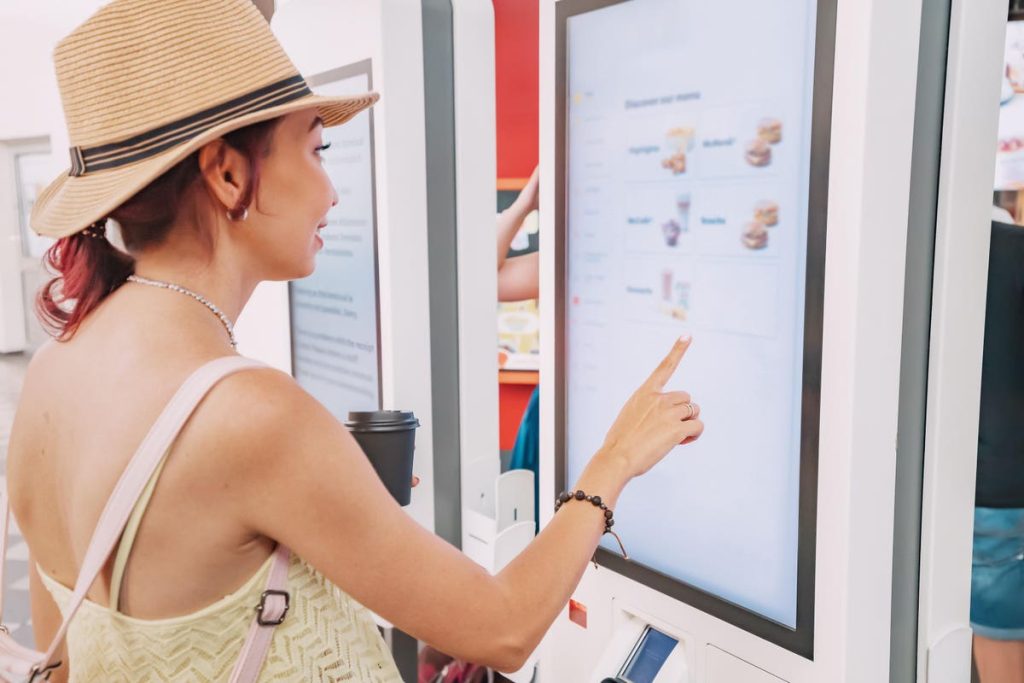Every modern customer experience has some aspect of digital engagement.
No matter what you’re selling or offering customers, digital is now a requirement, including e-commerce, apps, chatbots, immersive VR and AR, AI automation—the list goes on and on.
But as technology advances and customers evolve, so too do digital experiences. The tools and strategies brands use to engage with customers digitally today will look different in the future.
What does that future digital experience look like? Let’s take a look.
Digital Experiences of the Future
The digital experience of the future is seamless, easy, and personalized. We’re on our way to a world where customers can quickly get the help and assistance they need, from any device, without jumping through hoops.
Today’s digital experiences tend to be more disjointed, especially as customers move across channels. But soon, brands will use digital solutions to create immersive experiences to connect with customers. That will be evident in every aspect of the customer experience, from showcasing products through video to answering questions with chatbots and offering self-service help with AR instructions. Digital will be seamlessly woven into every experience so customers don’t have to repeat themselves or get irrelevant recommendations.
Prioritizing What Customers Want
The most successful brands are preparing now to serve customers digitally in the future. But preparing for a world and technology that doesn’t yet exist can be challenging, especially when deciding what channels and advancements will last and which are fleeting trends.
The key is to listen to customers, understand their behaviors, and prioritize what they want. When Lyft went through a digital transformation, leaders talked with customers, shadowed customer service agents, and even drove customers to gain insights on what was and wasn’t working and what they wanted in a digital experience. Those insights were foundational in providing a smoother, proactive digital experience.
One of customers’ top demands is self-service. Self-service allows customers to get the assistance they need on their schedules instead of having to wait on hold for a contact center agent. Companies should prioritize self-service options for customers, such as providing service through chatbots, online forums and communities, or video or AR tutorials.
2023 is the year of immersive experiences driven by growth in AR and VR. Immersive experiences are moving beyond trying on clothing and makeup virtually to showcasing products and brands and building virtual worlds around products. Ikea uses AR to show customers how furniture would look in their house; Lush customers can scan products with the Lush Lens app to see the ingredients, directions, and story behind the product; Nike customers can create custom shoes that are tailored right in front of them using AR; the possibilities are endless.
Opportunities for Digital Growth
Building out digital experiences gives brands incredible opportunities to grow and connect with customers like never before. Some of the biggest opportunities come through AI, especially as ChatGPT and other services make AI much more accessible.
Technology like AI and machine learning allows brands to know their customers like never before, share that information across the company, and create a cohesive and personalized experience, no matter how customers interact with the brand.
New technology and digital experiences open the door for brands to deliver excellent experiences to customers that are personalized, convenient, and relevant. But as technology and customers change, brands must stay involved and agile to adapt and lead in a changing digital world.
_________________
Blake Morgan is a customer experience futurist and the bestselling author of The Customer of the Future. For regular updates on customer experience, sign up for her weekly newsletter here.
Read the full article here










